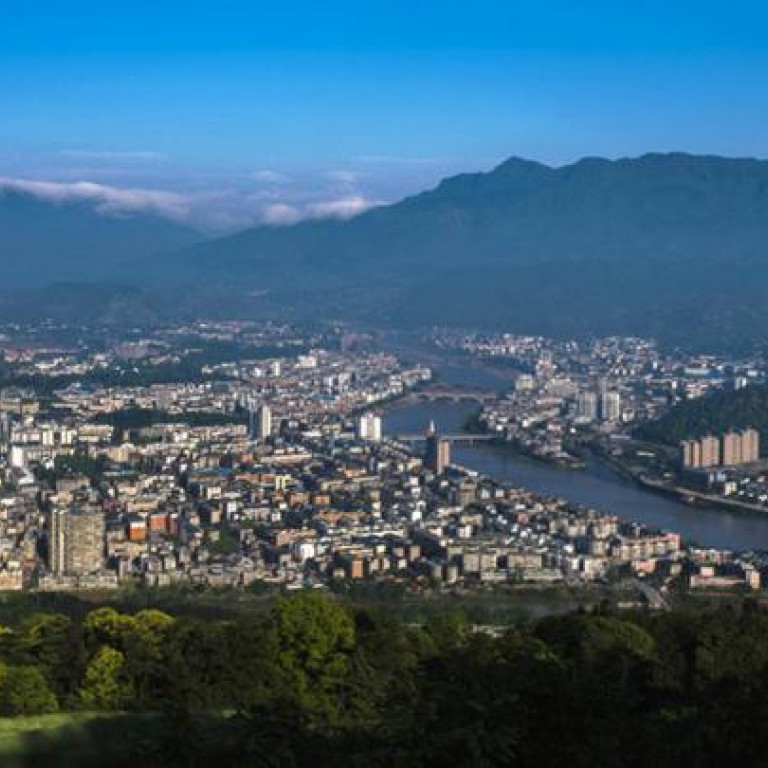
Yaan, city of tea and pandas and historic gateway to Tibet and beyond
Yaan, which bore the brunt of Saturday's quake, has for more than 2,000 years been associated with rare tea, fine horses and elusive pandas
The quake-hit city of Yaan, nestled among mountains on the fringes of the Sichuan Basis, has a long association with the tea trade and even produced the world's most expensive variety of the commodity last year.
The city, located 140 kilometres southwest of the provincial capital Chengdu is surrounded by peaks and has four rivers flowing through the town. It is located almost halfway along National Highway G318 that stretches 5,476 kilometres from Shanghai, through Lhasa and to the border of Nepal.
While the highway is new, it follows a route forged more than 2,000 years ago. Yaan marks the starting point of the Sichuan to Tibet leg of the ancient Tea Horse Road, a network of mule-caravan paths, along which tea from as far away as Yunnan was carried to Nepal and beyond, in exchange for horses.
In ancient times, a horse traded for about 50kg of tea, but as demand and quality improved during the Song dynasty (960-1,279 AD), a horse could be bought for just 20kg of tea.
Yaan is also a synonymous with pandas, and first appeared in historical records as the place where this elusive outlying member of the bear family was first sighted, in Baoxing county.
The local Bifengxia Panda Base is a breeding facility that houses several world famous pandas. They include the US-born Hua Mei and Mei Sheng, who were relocated to Bifengxia after the 2008 Sichuan earthquake seriously damaged another breeding centre at the Wolong National Nature Reserve.
Tai Shan, who was born at the Smithsonian National Zoo in Washington, DC, moved to Bifengxia in 2010.
In a novel twist, Yaan brought its two famous icons together to produce the world's most expensive and unusual tea.
It turns out that panda droppings make particularly good fertiliser for tea plants (). Growers say the tea is healthy because pandas absorb just 30 per cent of the nutrients from their diet of wild bamboo, and pass on the remaining 70 per cent to plants via the high-quality organic compost. Last year, panda tea set a world record, selling for US$3,500 for just 50 grams.
With nearly 1,700mm of rain a year, Yaan is also known as the "Rain City". It enjoys a monsoon-fed, humid subtropical climate, while mountain ranges to the northwest shield it from cold Siberian winds.
The city of 1.5 million residents is notable for its climate, fish and - it is claimed - its women. Locals catch a fish belonging to the carp family and cook it in a casserole, saying it is the best way to bring out its freshness.
They say the women inherit the best features of the region's 29 ethnic groups, including Han Chinese and Tibetans. Of course, the climate and the fish only contribute to their beauty.

